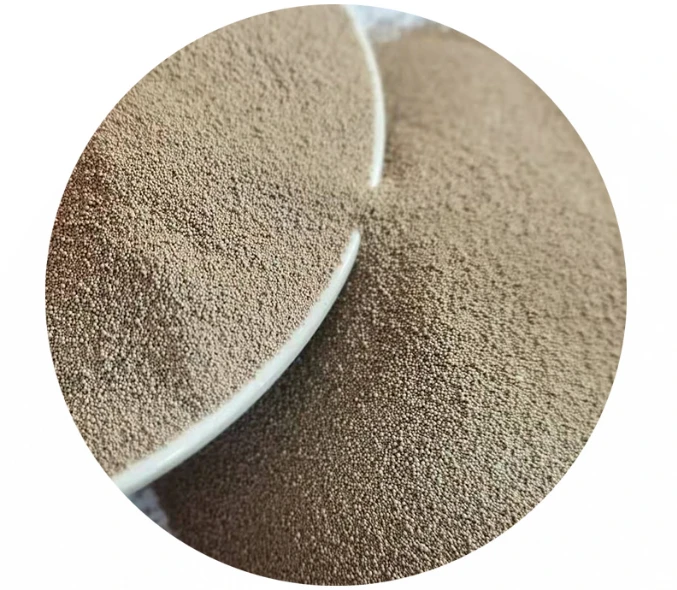

Experts in material sciences herald sand ceramic for its cost-efficiency. The financial feasibility of this material stems from both its raw material cost and long-term performance benefits. Projects utilizing sand ceramic often report reduced material and labor costs due to its ease of handling and installation efficiency. Moreover, its resistance to environmental and chemical agents translates into lower repair and refurbishment expenses. From a practical standpoint, industries also value sand ceramic for its adaptability. Customizing the grain size, binder type, and manufacturing method can create tailored solutions suited to specific industry demands. Whether for designing intricate molds or developing robust industrial machinery components, the flexibility of sand ceramic makes it an invaluable asset in modern production lines. Trustworthiness remains a cornerstone in the adoption of any new material. Sand ceramic's credibility is backed by exhaustive testing and field trials, which consistently validate its reliability and performance standards. Across case studies, companies report consistent improvements over traditional materials, citing enhanced safety margins and lifecycle benefits. For stakeholders analyzing cost-benefit frameworks in construction or manufacturing, sand ceramic represents a sound investment. Its broad applicability, combined with proven track records in varied settings, supports its increasing role in industry innovations. As research continues to build on its foundational advantages, sand ceramic is poised to become an integral part of the sustainable material portfolio. In conclusion, sand ceramic is a testament to how innovative material solutions can meet multifaceted industrial demands. Its fusion of strength, sustainability, and adaptability offers a perspective into the future of material sciences, where practical, ecological, and economic considerations intersect. With ongoing advancements and adoption, sand ceramic exemplifies a material choice that meets the diverse needs of modern industries while honoring commitments to environmental stewardship. Post time:Ion . 26, 2025 00:36
Next:Sintered ceramic sand made in China same with Cerabeads AFS 60
